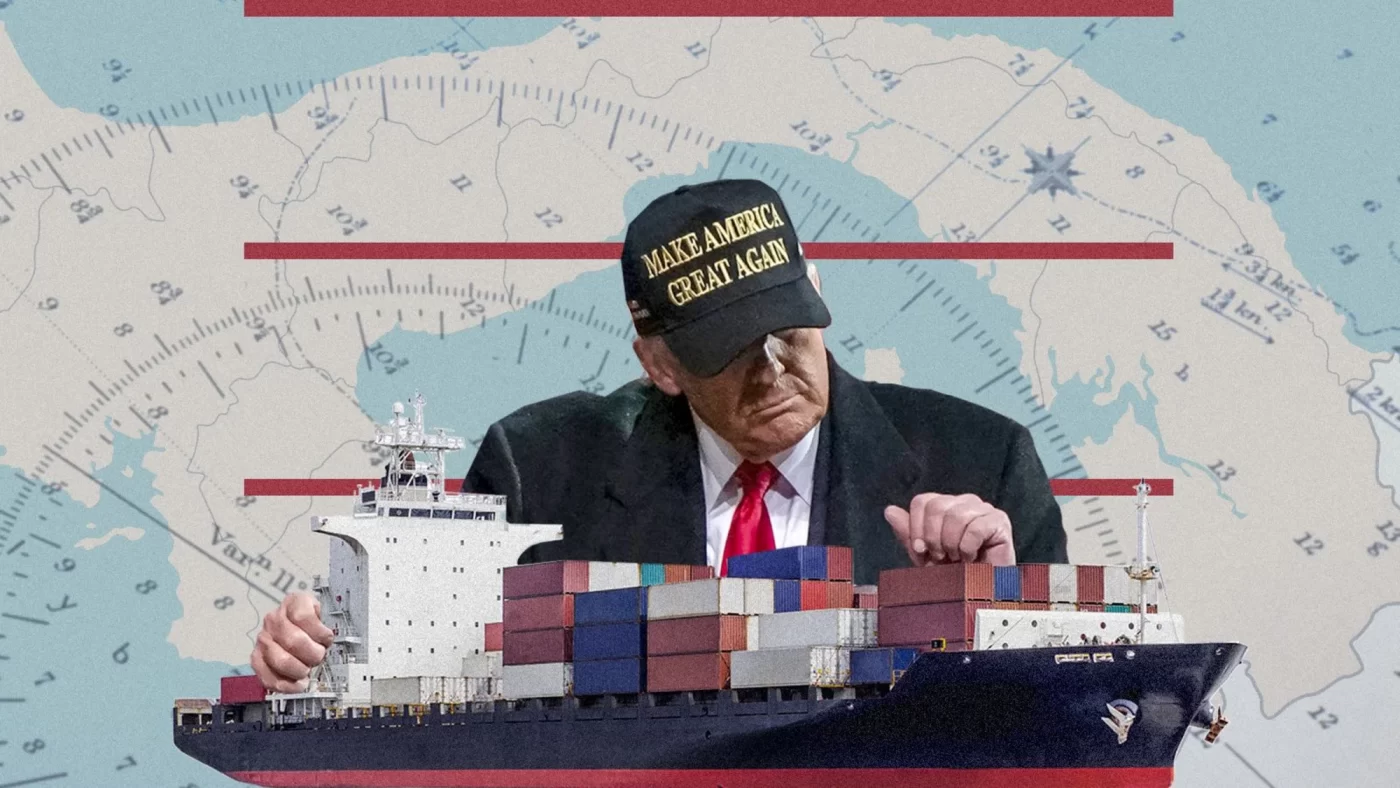All Trans Cargo Group’s Newsletter!
International trade is facing new challenges that are redefining the rules of the game. The recent tariffs imposed by the United States and growing tensions around the Panama Canal remind us how fragile global logistics stability can be.
In this edition of our newsletter, we break down these measures, their immediate effects on the markets, and what they mean for logistics operations in Latin America and beyond. Staying informed is key to making strategic decisions. Let’s dive in!
New U.S. Tariffs Shake Global Trade
On April 2, U.S. President Donald Trump announced the imposition of tariffs on over 100 countries a move already causing significant repercussions in the global economy. The tariffs range from a flat 10% to specific duties reaching 25% or more, depending on the product, its composition, and country of origin.
Tariffs are taxes applied to imported goods to protect domestic industries. By making foreign products more expensive, the goal is to encourage consumption of locally produced goods. In this case, Trump has revived tariffs as a tool of trade pressure, claiming the U.S. has been disadvantaged by current agreements and needs to regain control over its trade balance.
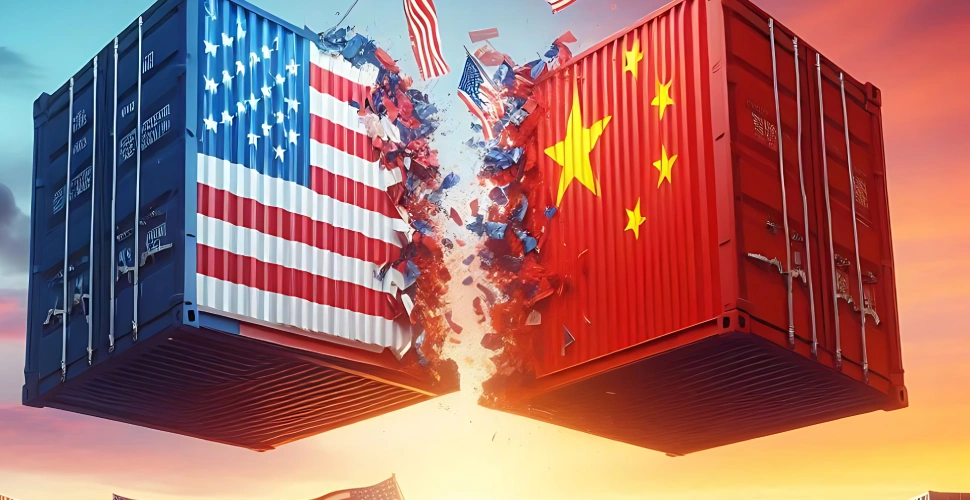
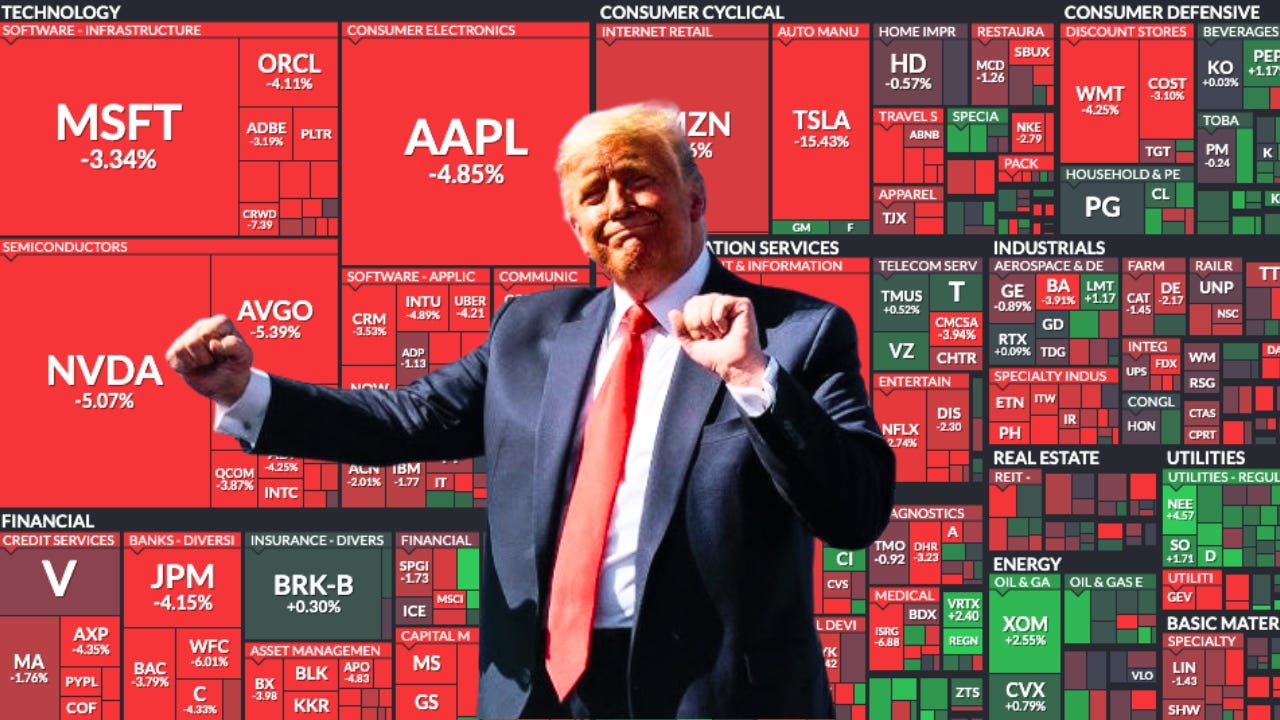
Immediate market effects
Following the announcement, major global stock indices dropped sharply:
- Wall Street lost 6%, its worst performance since the pandemic.
- Spain’s IBEX 35 fell over 3%.
- European and Asian markets also saw significant declines.
These measures create uncertainty and directly impact import costs, which can ripple throughout supply chains and commercial operations.
Most affected sectors
- Automotive: All vehicles manufactured outside the U.S. now face a 25% tariff.
- Technology and electronics: Chips, computers, and devices designed in the U.S. but made in Asia will see sharp price increases.
- Agro-food:Agro-food: Oil, olives, and other produce, especially from Europe and Latin America, are subject to extra duties.
- Industrial components: Engine parts, machinery, and assembly equipment will also be affected, increasing operating costs for many industries.
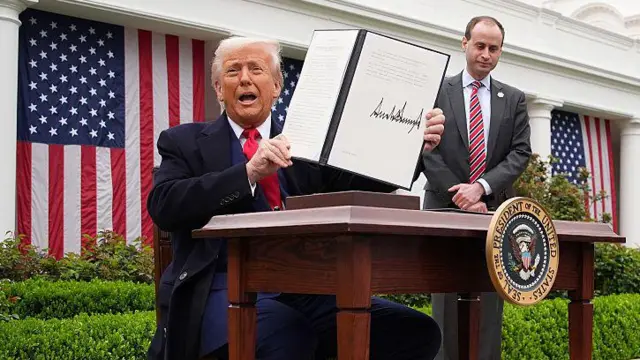
Implementation timeline
- April 3: 25% tariffs on imported vehicles go into effect.
- April 5: 10% tariffs begin for products from over 100 countries.
- April 9: An additional 10% applies to goods from the EU.
- May: Tariffs on electronics and engine components take effect.
While tariffs are placed on products, the economic impact is mostly felt by consumers, importers/exporters, and domestic markets. Prices rise, sales drop, exports decline, and economic growth slows. In this volatile environment, logistics decisions must be fast and accurate.
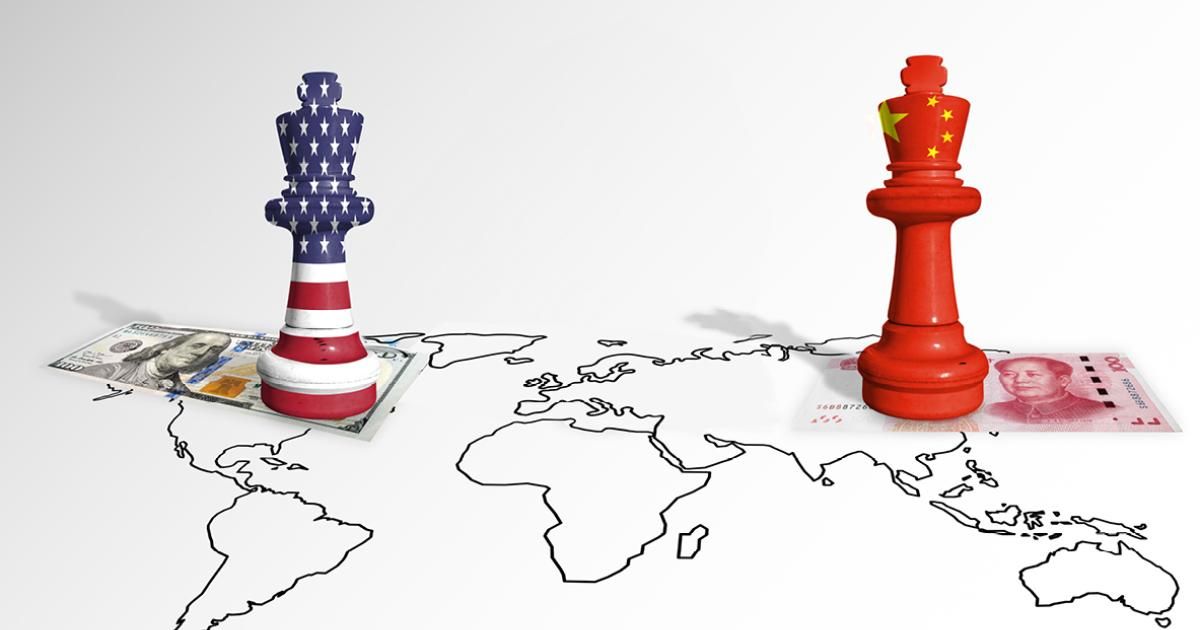
Trump vs. the Panama Canal?
The Panama Canal, one of the world’s most strategic trade routes, is once again under the global spotlight. This time, it’s due to remarks by Donald Trump, who suggested the U.S. might reclaim control of the canal, accusing China of interfering in its operations.
A brief history
Built by the U.S. in the early 20th century, the canal was under Washington's administration for decades. In 1999, full control was handed over to Panama following a treaty signed by President Jimmy Carter. Since then, Panama has independently managed this vital trade artery.
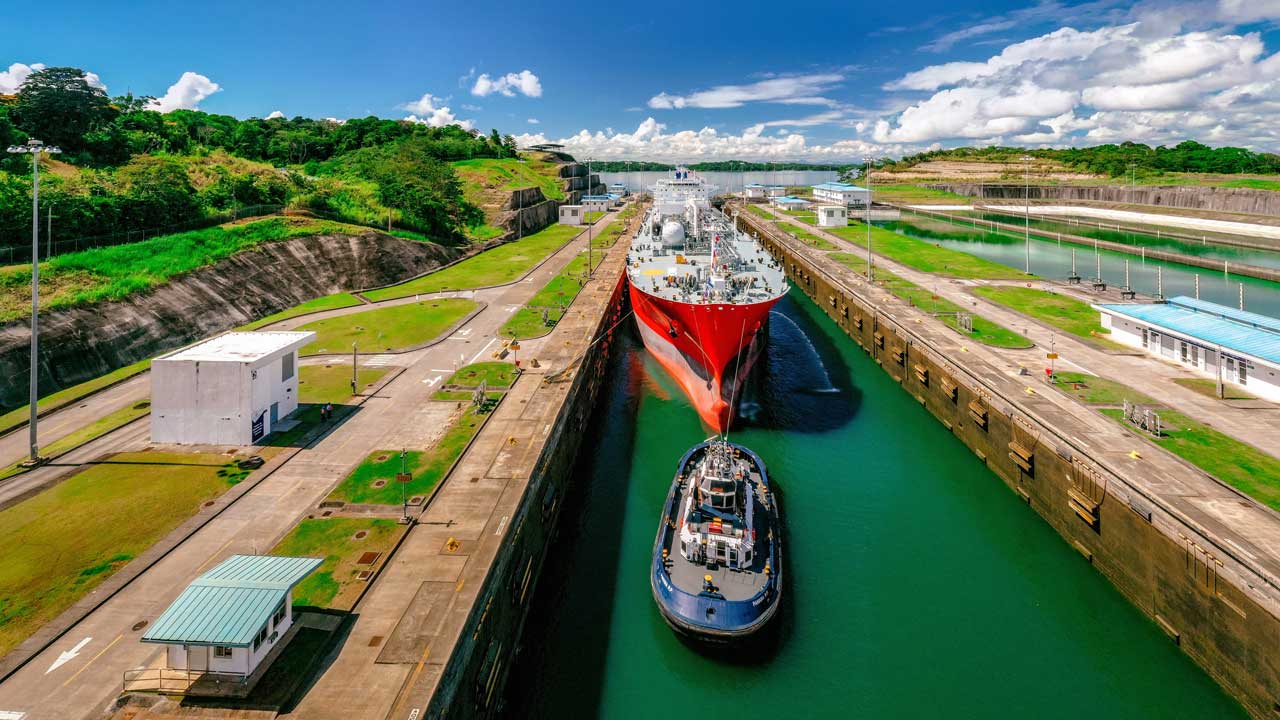
Why is Trump bringing it up again?
Trump claimed that “Chinese soldiers” control the area a statement firmly denied by the Panamanian government. While there is no military presence from China, Chinese companies have invested in nearby ports and infrastructure, raising concerns in Washington.
Why the canal matters
The canal handles between 13,000 and 14,000 vessels per year. 72% of this cargo is either coming from or going to the U.S. In the last fiscal year alone, the canal generated over $3.45 billion in profits.
Recent droughts and tariff hikes have raised transit costs, prompting Trump to label the fees a “scam.”
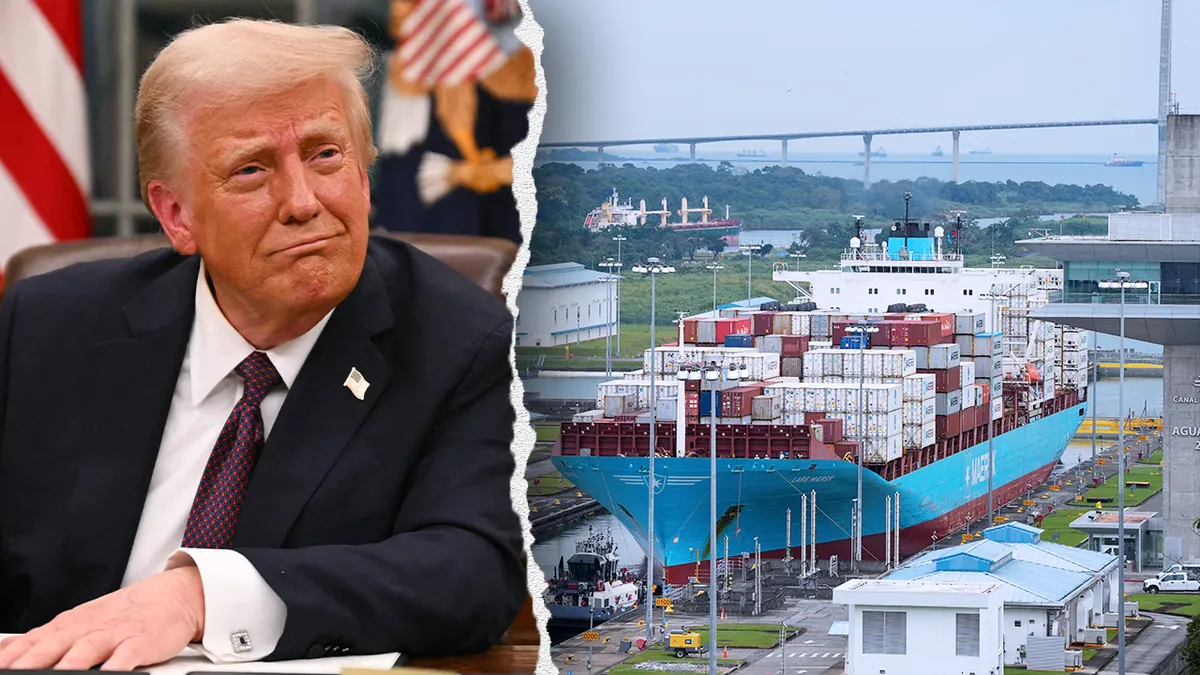
A real threat?
Although direct intervention seems unlikely, Trump has not ruled out pressure tactics or even military action if necessary. This revives historical tensions and raises questions about the future of this crucial maritime passage.
Conclusion
In an already tense global context, this new geopolitical flashpoint could impact trade, diplomacy, and logistics worldwide. Are we entering a new era of pressure on Latin America?

